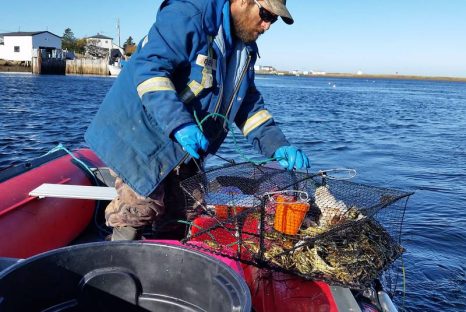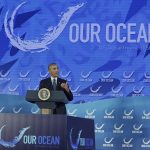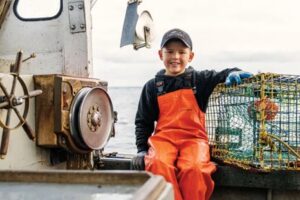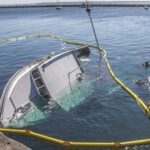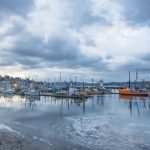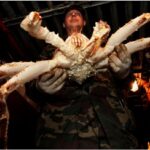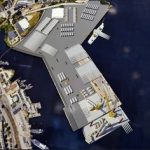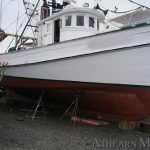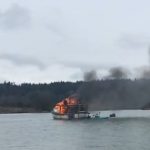Daily Archives: November 24, 2017
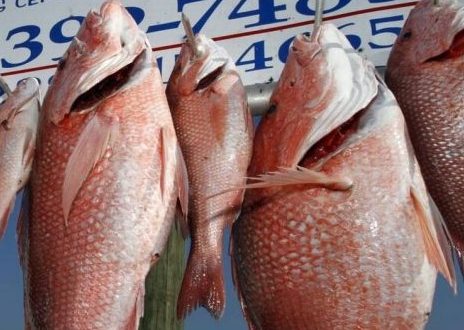
How many red snapper are actually in the Gulf? These scientists are going to find out
A team of 21 scientists from universities and state and federal agencies will attempt to answer one of the Gulf’s perplexing questions: How many red snapper are there? “American communities across the Gulf of Mexico depend on their access to, as well as the longterm sustainability of, red snapper,” said Secretary of Commerce Wilbur Ross in a press release announcing the formation of the team. “I look forward to the insights this project will provide as we study and manage this valuable resource.” The panel convened by the Mississippi-Alabama Sea Grant Consortium was awarded $9.5 million in federal funds for the project through a competitive research grant process and will receive another $2.5 million from the universities. click here to read the story 22:53
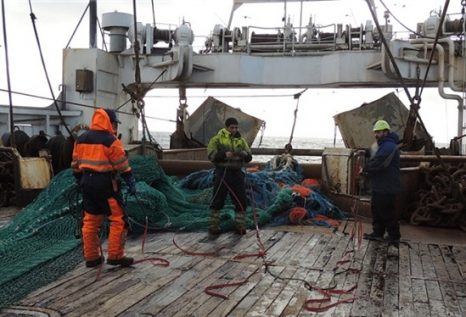
A close encounter with an albatross
Nahuel Chavez is a seabird biologist who has worked as an Albatross Task Force (ATF) Instructor in Argentina for eight years. He has been passionate about saving albatross since his first trip on a longline-fishing vessel when he saw huge numbers of them being killed, and knew he had to do something to stop it. Nahuel writes to us from a trawler off the coast of Argentina where he is on a 55-day trip to monitor the impact on seabirds. photo’s, click here to read the story 20:46
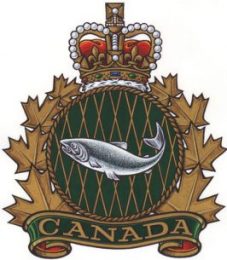
Inshore harvesters voice concerns at DFO outreach meeting in Marystown
The Department of Fisheries and Oceans (DFO) was in Marystown Nov. 21 for one of their series of outreach sessions for inshore fish harvesters in the province. The meeting gave fishers a chance to voice some of their concerns on issues affecting the fishery, and offer their ideas for solutions on some of those issues. Cod allocation was a hot topic among harvesters who gathered at the Marystown Hotel and Convention Centre. click here to read the story 19:19

Net-mounted LED lights help reduce bycatch in Pacific hake fishery
LED lights can help reduce bycatch by aiding the escape of Chinook salmon from Pacific hake trawl nets, according to a study done by researchers at the Pacific States Marine Fisheries Commission and the Northwest Fisheries Science Center. The lights influence where salmon exit bycatch-reducing windows in the hake nets, and could increase the total number of salmon that escape, the researchers say. In a series of tests in 2015, the lights seemed to attract the Chinook salmon. During the tests, 86 percent of the salmon that escaped used the openings framed by LED lights. click here to read the story 15:48
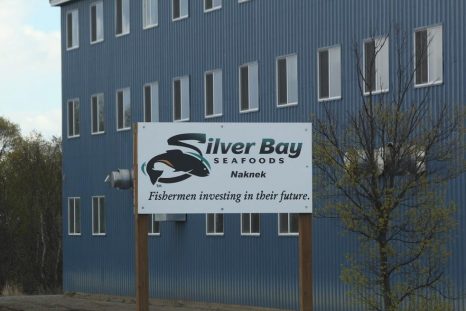
Silver Bay Seafoods making bold moves for 2018 rebound
The record-setting 2017 commercial sockeye season in Bristol Bay was tougher than usual for most companies in Bristol Bay. The run size, 56.5 million total, was a whopping 42 percent bigger than the state predicted, and the 37.7 million sockeye landed was 10 million more than anyone was planning for. Nearly every company “plugged” up and put their fleet on limits while they struggled to keep up. Added to that list in 2017 was Silver Bay Seafoods, whose processing plant in Naknek fell behind the massive harvest its highliner fleet was bringing in. This was never supposed to happen. click here to read the story 14:48
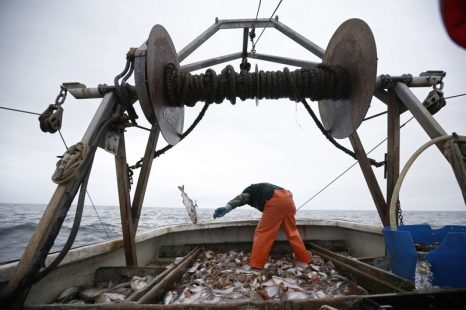
Omnibus Essential Fish Habitat Amendment – Plan to change New England ocean stewardship up for debate
The federal government is close to enacting new rules about New England ocean habitat that could mean dramatic changes for the way it manages the marine environment and fisheries. The National Marine Fisheries Service has been working on the rules for some 13 years and recently made them public. They would change the way the government manages the Gulf of Maine, Georges Bank and southern New England waters, which are critical pieces of ocean for rare whales, unique underwater canyons and commercial fishermen.,, The proposal states that its goal is to minimize “adverse effects of fishing on essential fish habitat.” click here to read the story 10:50

Why backers say Ocean Supercluster will sail off with innovation bucks
It’s deadline day for Atlantic Canada’s lone bid in the federal government competition for $950 million in innovation funding. Some of the biggest players in the region’s ocean economy have joined forces to come up with the Ocean Supercluster proposal, which aims to find solutions to problems extracting resources from the ocean.,,, Four core investors are committing $15 million each as part of the Ocean Supercluster: Emera, Clearwater Seafoods, Petroleum Research Newfoundland and Labrador — which is made up of the five oil companies operating offshore Newfoundland and Labrador — and Cuna del Mar, an open ocean aquaculture promoter. click here to read the story 08:59
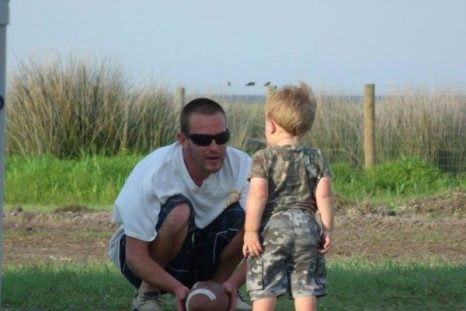
A Fundraiser for Wesley VanHook funeral expenses
On November 19 my brother in law was killed in a tragic commercial fishing accident. He didn’t have any kind of insurance. Were unfortunately not able to afford a funeral for him. Those that knew Wesley knew he was a great guy and an even greater uncle to his nephew. He lost his life doing what he loved, being on the water. Any donations would be greatly appreciated. If your unable to donate please keep our family in your prayers. Thank you click here to donate 07:37






